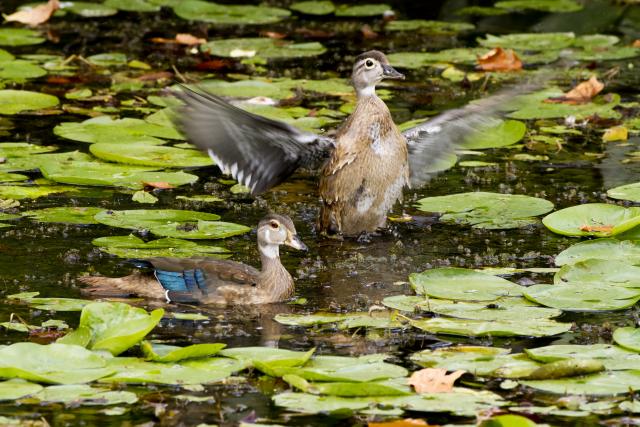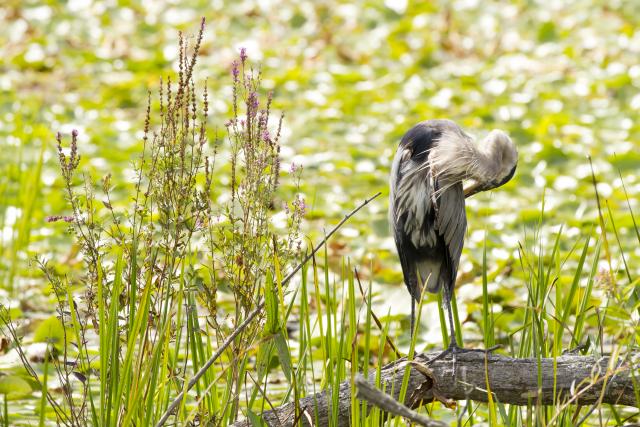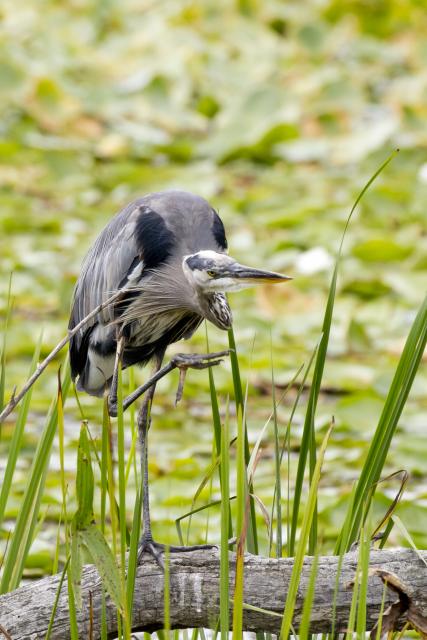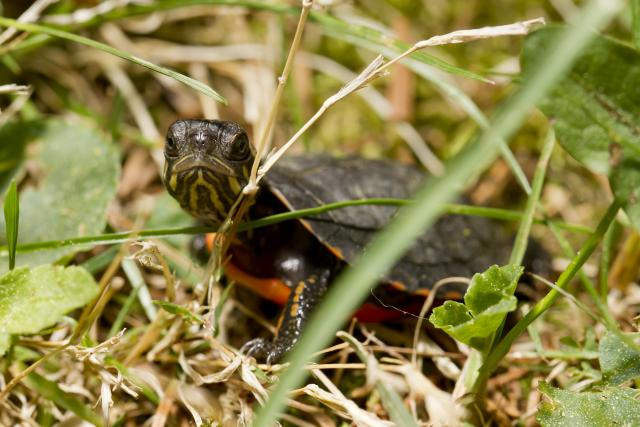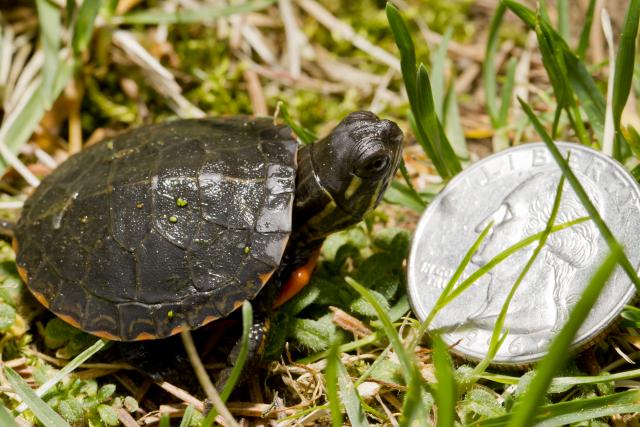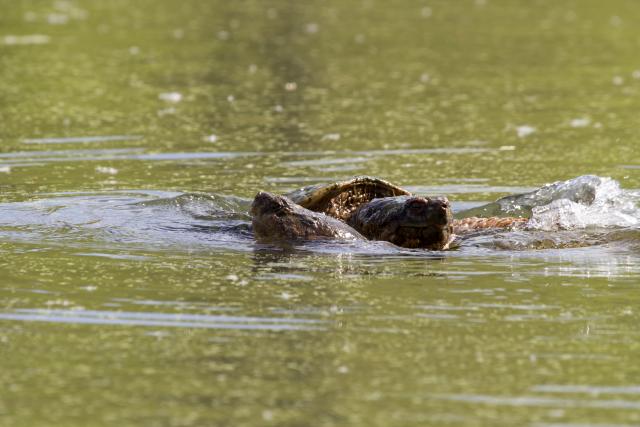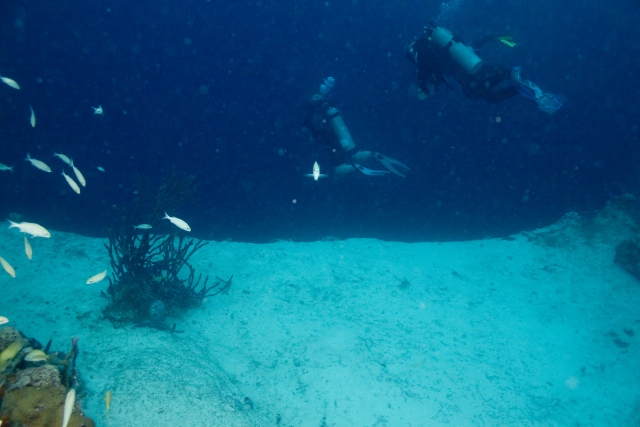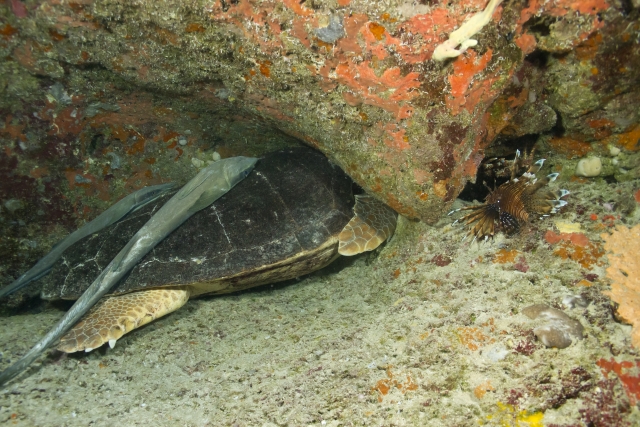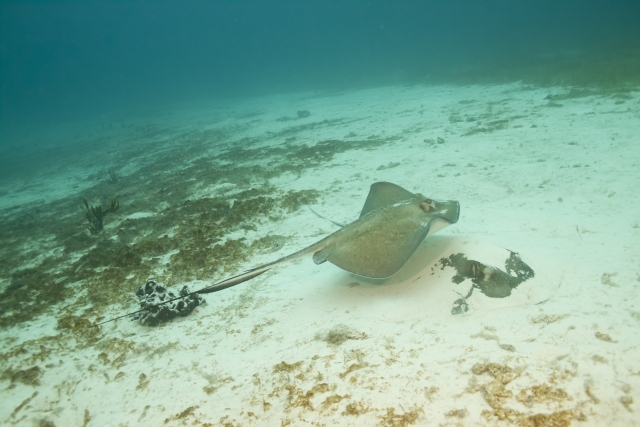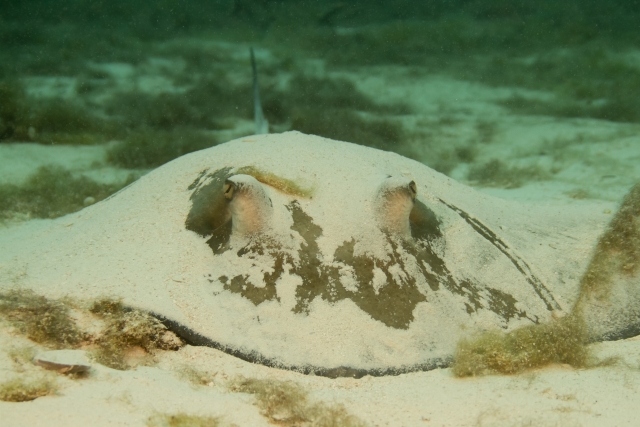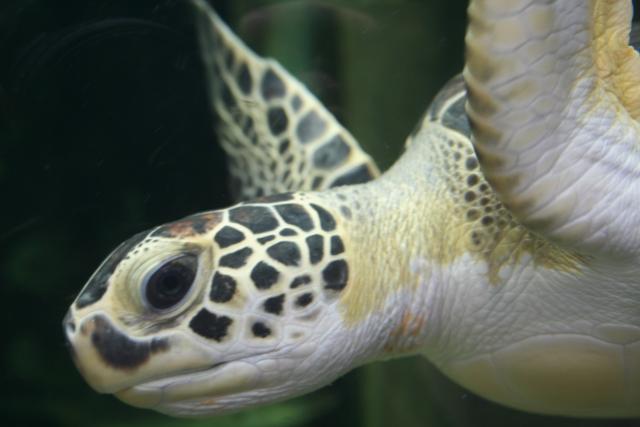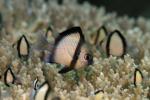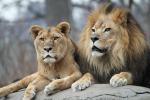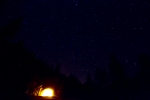turtle
Cuyahoga Valley National Park: Beaver Marsh Boardwalk (part 2)
ktuli — Wed, 09/09/2015 - 15:06
Another big bunch from Cuyahoga Valley National Park...
Technical Data: Canon EOS 7D, Canon EF 100-400mm f/4.5-5.6L IS II USM at 400mm, 1/250 sec at f/8. ISO 800. IS Mode 1. RAW processing and cropped in Adobe Camera Raw.
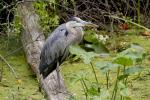 Blue Heron |
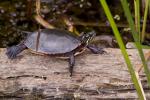 Eastern Painted Turtle |
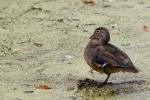 Juvenile Wood Duck |
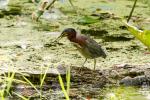 Green Heron |
 |
|||
Technical Data: Canon EOS 7D, Canon EF 100-400mm f/4.5-5.6L IS II USM at 400mm, 1/800 sec at f/8. ISO 800. IS Mode 1. RAW processing in Adobe Camera Raw.
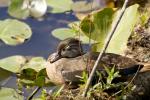 Wood Duck (?) |
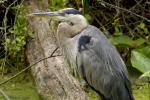 Blue Heron |
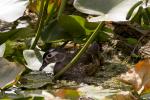 Female Wood Duck |
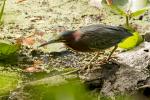 Green Heron |
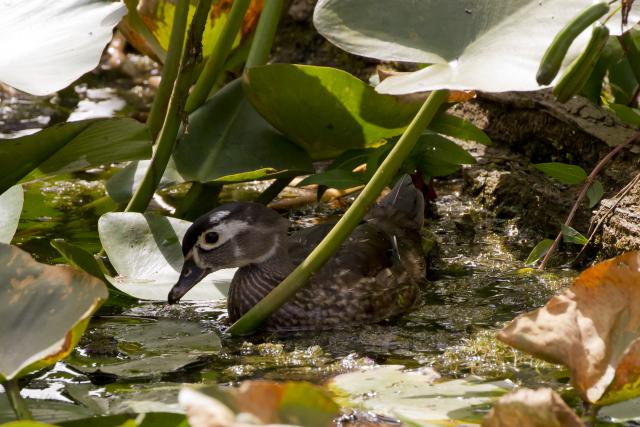 |
|||
Technical Data: Canon EOS 7D, Canon EF 100-400mm f/4.5-5.6L IS II USM at 400mm, 1/640 sec at f/8. ISO 800. IS Mode 1. RAW processing and cropped in Adobe Camera Raw.
Whew! That was quite the whirl-wind of photos. I hope you enjoyed it all!
- Bill
Reptilian Cuteness
ktuli — Tue, 05/19/2015 - 20:11
Just a quick post today, but a cute one for sure...
Technical Data: Canon EOS 7D, Canon EF 100mm f/2.8L Macro IS USM, 1/200 sec at f/8. Canon Speedlight 580EX II flash in eTTL mode. Image Stabilization on. ISO 200. RAW processing in Adobe Camera Raw
And because one of the most frequent questions I get is "How big was that?"... I finally remembered to put something for reference in a couple of the shots...
Technical Data: Canon EOS 7D, Canon EF 100mm f/2.8L Macro IS USM, 1/120 sec at f/11. Canon Speedlight 580EX II flash in eTTL mode. Image Stabilization on. ISO 200. RAW processing in Adobe Camera Raw
Thanks for stopping by.
- Bill
Clash of the Titans
ktuli — Thu, 05/07/2015 - 18:27
We were just about to leave to walk the dogs when Anya noticed a commotion out on our pond. As it turns out, it was a pair of snapping turtles mating. I moved in as close as I could and took some photos as well as some video...
These things were absolutely massive - if I had to guess, I'd say at least 60 lbs each - and they definitely weren't very graceful bobbing around in the water. They did make some grunting noises that I tried to capture in the video, but they either weren't making the noises or the camera didn't pick it up well enough. I waited around until they finished and split up, and I was hoping to catch the female hauling herself out of the pond to go lay the eggs, but after some quick research, it appears that she won't lay the eggs right away (and in fact can carry the viable sperm for several years, so they can even lay viable eggs in years during which they do not mate). How's that for a fascinating bit of info?
Technical Data: Canon EOS 7D, Canon EF 100-400mm f/4.5-5.6L IS USM (borrowed) at 400mm, 1/640th sec at f/8. ISO 800. RAW processing and cropped in Adobe Camera Raw.
Technical Data: Canon EOS 7D, Canon EF 100-400mm f/4.5-5.6L IS USM (borrowed) at 400mm, 1/640th sec at f/8. ISO 400. RAW processing and cropped in Adobe Camera Raw.
And be sure to check back this weekend for a special Mother's Day post... I don't want to ruin any surprises but it includes eight eyes and eight legs!!!
- Bill
Aqua Cat: Lost Blue Hole & The Invisible Stingray
ktuli — Wed, 02/04/2015 - 19:32
There you go - if that post title doesn't work for a band name or some murder mystery novel, I don't know what would... ;)
Anyway, our second to last dive on our most recent trip was at a site called "The Lost Blue Hole". A blue hole is basically an underwater sinkhole, and is so named because from above they appear a deep dark blue color when compared to the shallow light blue color of the reef and sand around them.
This photo really doesn't do justice to this blue hole, but does kind of give the idea of what it is like to dive into one - to some extent, it felt like diving off a cliff.
Technical Data: Canon EOS 7D, Canon EF-S 18-55mm f/3.5-5.6 II at 18mm. 1/200 sec at f/5.6. ISO 800. Ikelite Housing and Port with Ikelite 161 Strobe in eTTL mode. Raw conversion in Adobe Camera Raw.
Even at its widest zoom, my 18-55mm lens couldn't even begin to capture what the opening of this blue hole looked like.
As we went down into the hole, there were many ledges and shelves where various fish and other critters were taking up residence. On one large shelf, there was an enormous sea turtle with two incredibly large remoras attached to it...
Technical Data: Canon EOS 7D, Canon EF-S 18-55mm f/3.5-5.6 II at 18mm. 1/200 sec at f/5.6. ISO 800. Ikelite Housing and Port with Ikelite 161 Strobe in eTTL mode. Raw conversion in Adobe Camera Raw.
There were also plenty of lionfish at this dive site (notice the big one in the right side of the frame).
Since the day was pretty overcast, it was fairly dark down in the blue hole, so Anya and I didn't linger for long. After a few minutes, we went back to the opening to explore the sand and small patch reefs surrounding the blue hole. As we came up, Anya pointed out a medium sized Southern Stingray swimming by us. I quickly framed my shot and rattled off some photos as I gently swam along next to it.
Technical Data: Canon EOS 7D, Canon EF-S 18-55mm f/3.5-5.6 II at 18mm. 1/200 sec at f/5.6. ISO 800. Ikelite Housing and Port with Ikelite 161 Strobe in eTTL mode. Raw conversion in Adobe Camera Raw.
Look closely and see if you can spot the second, much larger stingray hiding right in front of your eyes! I honestly didn't see it the first time by, and I'm glad I wasn't swimming directly over top of it as that could have spooked it and could have been a bad situation.
We also saw a small group of Nurse Sharks, some of which were displaying flashing behavior where they give a quick tail flick while turning and rubbing their sides against the ground or some other rough surface - usually to try and rid themselves of parasites, or just to scratch an itch.
Technical Data: Canon EOS 7D, Canon EF-S 18-55mm f/3.5-5.6 II at 18mm. 1/200 sec at f/8. ISO 800. Ikelite Housing and Port with Ikelite 161 Strobe in eTTL mode. Raw conversion in Adobe Camera Raw.
By this time, I did notice the extra large stingray still hiding itself in the sand. I approached it slowly from the front and managed to get a nice portrait...
Technical Data: Canon EOS 7D, Canon EF-S 18-55mm f/3.5-5.6 II at 18mm. 1/200 sec at f/8. ISO 800. Ikelite Housing and Port with Ikelite 161 Strobe in eTTL mode. Raw conversion and cropped in Adobe Camera Raw.
While the conditions weren't great for photography because of the overcast morning, this was still an interesting dive, and a good reminder to keep my eyes open and look for hidden critters everywhere!
- Bill
Nesting Snapping Turtle
ktuli — Tue, 06/17/2014 - 07:00
Alright, while not technically in my backyard, it was close enough... we came across this girl at the park that we take the dogs to for their daily walk. After we finished our walk, I went home and grabbed the camera and managed to get a few shots and couple minutes of video before it started raining...
Stills will be coming soon after I have a chance to process the rest of them.
Thanks for stopping by!
- Bill
Coming out of Hibernation (part 3)
ktuli — Thu, 04/03/2014 - 08:12
Just an assortment today...
 Beaver |
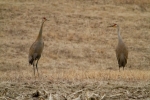 Sandhill Cranes |
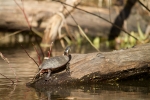 Eastern Painted Turtle |
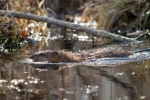 Muskrat |
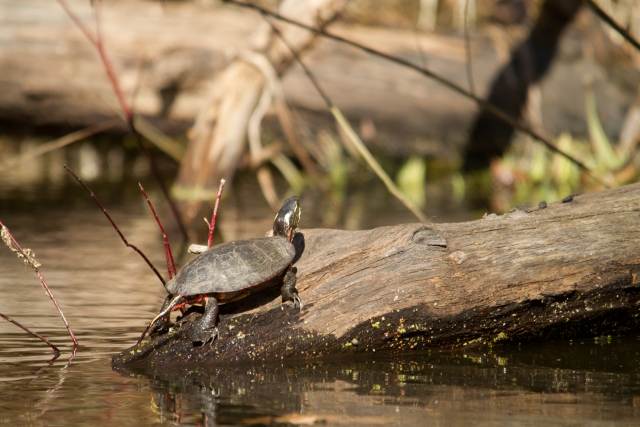 |
|||
Thanks for stopping by!
- Bill
Green Sea Turtle
ktuli — Thu, 11/04/2010 - 16:04
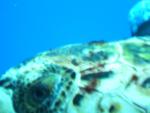 No - sorry, today's shot was not taken during a dive trip. I sure wish I could come back with something this nice from a dive, but as you can see to the right, my most recent encounter got a little too close...
No - sorry, today's shot was not taken during a dive trip. I sure wish I could come back with something this nice from a dive, but as you can see to the right, my most recent encounter got a little too close...
This particular green sea turtle (Chelonia mydas) makes its home at one of the North Carolina Aquariums. Which means that this shot was taken through several inches of acrylic - which is always a challenge.
Technical Data: Canon EOS Digital Rebel XT, Canon EF-S 18-55mm f/3.5-5.6 II at 37mm, 1/60 sec at f/5.6, ISO 400. No post production. North Carolina Aquariums, Manteo, NC.
Why This Photo: I have always liked aquariums, and sea turtles are favorites of mine, need I say more?
What Works: The close-up of this turtles face is very pleasant with the eye of the turtle resting right on the intersection of one of the thirds, with the rest of the turtle taking up the remaining thirds. The colors are vibrant and true to life, while I managed to reduce reflections in the acrylic (though there are still a few) and the blurred background eliminates distractions.
What Doesn't Work: The focus is just a tad soft, and it might have been nice to get some sort of catchlight in the eye of the turtle. And the flipper in the background is a minorly distracting convergence (though not terrible) - perhaps a slightly different angle could have resolved that.
I do have to be honest and say that this photo was taken way back when I had no clue what I was doing (so to speak). I was using pre-programmed modes, and hadn't learned much in the way of technical or artistic ways to take photos. So this was just a combination of luck and the experience I had learned from photo books.
Either way - it is still a very nice shot that has earned a place on our wall and is one of my favorite photos. I often wonder if I could duplicate or improve upon it now with the experience I have gained - hopefully someday I will be able to find out.
- Bill
Turtle with Hot Spots
ktuli — Thu, 09/30/2010 - 18:46
Sometimes, it helps to look at bad photos in order to learn from them. Today's photo is definitely a bad photo.
Specifically, this photo suffers from some terrible hot spots or "blown out" exposure. Basically this is what happens when white areas of the photo lose detail. This happens when you either over expose the photo by leaving the shutter open too long, or by having the wrong white balance set, or most likely when you have the wrong metering mode selected.
Technical Data: Canon EOS 7D, Sigma 150-500mm f/5-6.3 APO DG OS HSM with Kenko Teleplus PRO 300 "DG" AF 2x Teleconverter at 1000mm, 1/50 sec at f/18.2. ISO 200. Dolica AX620B100 tripod. No post production. Kanawha State Forest, Charleston, WV.
Why This Photo: While wandering around Kanawha State Forest, I noticed several turtles in the pond. Periodically they would crawl out on a log to bask. Since any of the shots of the turtles swimming were coming out even worse, I wanted to get one of them out of the water.
What Works: Honestly, not much. The framing is probably the nicest thing, with the turtle's slightly turned head showing off the colors on its head and neck.
What Doesn't Work: Just about everything else. The focus is off leaving most of the photo slightly blurred (possibly from the use of the teleconverter), and there are distracting elements all over the place. However, by far, the worst element is the fact that almost the entire carapace (shell) of the turtle is completely blown out.
Granted this turtle's carapace was pretty muddy, so you couldn't make out much in the way of color, but they are so intricately patterned and textured, that it is extremely unfortunate to lose all that detail. There are some hot spots on the log as well, but the photo is already lost.
This photo was shot almost at noon in late May, so the sun was high in the sky and obviously pretty strong (the turtles were using it to warm themselves). This is probably one of the worst times to be shooting on a sunny day. Had the weather been overcast, this photo would have probably come out very different (though the colors may have been muted).
Other than waiting for the sun to go away, or wishing for different weather patterns, there are a couple things I could have quickly used to find out that I was taking bad photos. Specifically, I could have used my camera's highlight alert or histogram features, but we'll save those for another day.
If I had used one of those features or simply been paying more attention, I could have easily fixed this problem. I could have checked what my camera was using for its exposure, and then manually "under" exposed the image to eliminate these hot spots by either using a faster shutter speed or using the same shutter speed but with a narrower aperture (which actually would have also increased my depth of field to capture more clarity along the entire length of the turtle).
Remember - you probably wouldn't want to frame your bad shots, but sometimes they're good to keep around to review and remind yourself of things you need to pay attention to in order to get better photos.
Thanks for stopping by today! I'll try and find a more pleasing photo to look at for next time.
- Bill
Cozumel 2010: Small and Large
ktuli — Mon, 06/28/2010 - 20:28
Two more photos to share with you today. One of probably the smallest subject I photographed and one of definitely the largest animal I photographed during the dives. Again, I apologize for the bad blue color cast to the photos, these really aren't great photos, but I wanted to share them anyway.
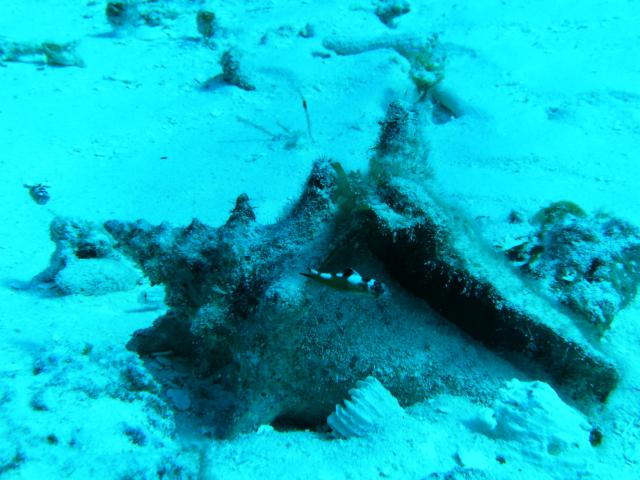
If you're confused at what you're looking at there, I apologize, the scene was really much more interesting without that blue color over everything. Almost dead center of the photo, you'll see a small fish. There was a pair of these fish using this shell as a home (the other is on the left edge of the photo, but facing the camera and thus hard to distinguish). They were black and white and orange (I think it was orange, but I am second guessing myself now) and I almost completely missed them, but cause a flash of color as they darted into their shell. I managed to get myself down and out of the current and sat patiently waiting until they came back out of their hiding spot and went back about their business. They really were fantastic little fish, and I wish I could have come back with a better photograph of them. Oh yeah - and they couldn't have been more than half an inch long.
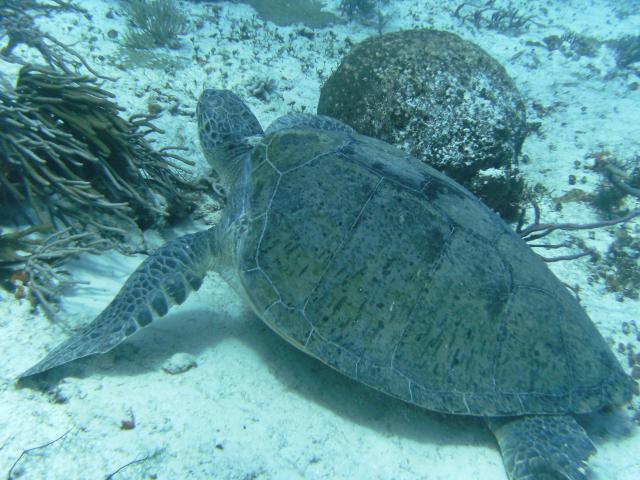
This guy, on the other hand, was absolutely massive. No lie, he was the size of a small car. I would have liked to have gotten a shot of him with something to give the photo some scale, but when we drifted by him, the current was pretty strong. I was towards the front of the group when we saw this behemoth, and honestly I didn't realize what I was looking at was a turtle at first. He had his head tucked under the coral branches you see in the left of the photo. As our group approached, he gently lifted his head, checked us out, and decided it was time to find somewhere else to nap. There is someone in our neighborhood that has one of those Smart Cars, and I think this this was about the same size as that car. We saw turtles on pretty much every dive we went on last week (including one that landed on our instructor - Mike's shoulder and kicked me in the hand and camera when he swam away), but this one really will stick with me. The others were all generally smaller and had that typical fun quality that sea turtles have to them, and produced a kind of happy, carefree feeling to watch them. This one, however, just seemed to strike me with an overwhelming sense of awe and reverence - to be in the presence of a creature so massive and obviously so old (if I had to guess, this particular turtle was probably three times my age). I remember thinking that this is why I enjoy scuba diving so much - so that I can experience these kinds of creatures first-hand instead of seeing them only on nature documentaries (which I watch tons of). But at the same time, I felt the twinge of sadness knowing that we're destroying the habitat and environment for such majestic creatures such as this.
Large or small, both of these encounters are things I won't soon forget. I know the photos I have of them aren't that clear, but the memories I brought back certainly are.
- Bill

